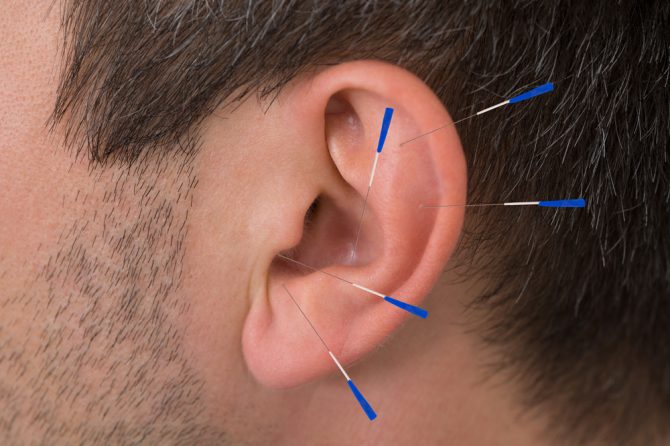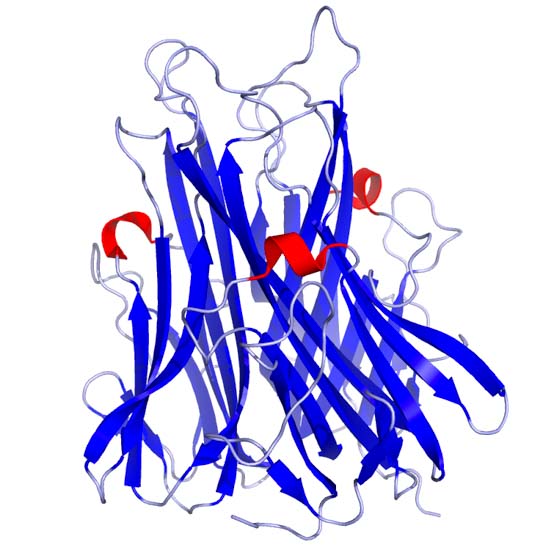
Acupuncture – A Potent Anti-Inflammatory Therapy
Inflammation is part of the body’s natural response to injury, however if inflammation persists it can lead to further damage. This is called Chronic inflammation, and it is present in a multitude of diseases.
There are a number of factors within the body that are related to chronic inflammation, including the biochemical Tumor Necrosis Facter alpha (TNF-α for short). TNF-α mainly helps to regulate immune cells, inducing inflammation, fever and cell death, and inhibiting tumor growth and virus replication.
When TNF-α is out of balance, it can contribute to a number of diseases including cancer, major depression, psoriasis, inflammatory bowel disease and Alzheimer’s.
Researchers now know why acupuncture is a potent anti-inflammatory! In a scientific study it was found that the application of acupuncture successfully lowered a pro-inflammatory biochemical, resulting in an anti-inflammatory response.
By down-regulating this biochemical involved in inflammation, acupuncture systemic inflammation is relieved.
Both electro acupuncture and manual acupuncture were used in the study, however only manual acupuncture stimulation had the effect of lowering the pro-inflammatory biochemical.
Researchers were also able to map out the neural pathways through which Acupuncture stimulation signalled these anti-inflammatory effects.

TNF-α – the pro-inflammatory biochemical
The cholinergic response, mediated by the vagus nerve, directly controls a proinflammatory response by way of the inflammatory reflex. Several inflammatory diseases are regulated by the ‘cholinergic anti-inflammatory reflex,’ including rheumatoid arthritis, diabetes, and obesity. [7] Additionally, previous research finds that insulin resistance is caused by chronic inflammation resulting from immune and metabolic dysregulation; in addition, a decrease in vagus nerve activity is correlated with obesity. [8] “Selective cholinergic activation within the efferent vagus nerve-mediated arm of the inflammdatory reflex can suppress obesity-associated inflammation and reverse metabolic complications. These findings raise the intriguing possibility that dysregulation of vagus nerve-mediated signaling might contribute to the pathogenesis of obesity and its related comorbidities.” [9]
Obesity has reached epidemic levels in many countries and is a precursor for many chronic diseases, including diabetes. Chronic inflammation is “a critical step in the pathogenesis of insulin resistance and type 2 diabetes mellitus. Cholinergic mechanisms within the inflammatory reflex have, in the past 2 years, been implicated in attenuating obesity-related inflammation and metabolic complications. This knowledge has led to the exploration of novel therapeutic approaches in the treatment of obesity-related disorders.” [10]
The anti-inflammatory effect of ST36 (Zusanli) has also been explored by other researchers. A study at Rutgers University (New Jersey) found that “stimulating ST36 (Zusanli) with an electrical current passed through an acupuncture needle activated two nerve tracts in mice that led to the production of a biochemical that quieted a sepsis-like inflammatory reaction that had been induced in mice” [11] by stimulating a release of the anti-inflammatory neurotransmitter dopamine from the adrenal glands. When the Rutgers University researchers traced the nerve pathway, they found that it led up the sciatic nerve — near the location of ST36 (Zusanli) — to the spinal cord and the brain, and back down the vagus nerve to the adrenal glands.
Another study, conducted at Daejeon University (South Korea), finds that the incidence of collagen-induced arthritis (CIA), which is most commonly used to study the effects of rheumatoid arthritis, “was reduced and histological destruction of joint was prevented by EA [electroacupuncture] at ST36 (Zusanli). These results suggested that EA at ST36 (Zusanli) may reduce arthritis incidence and prevent joint destruction in CIA.” [12] By decreasing inflammation, further damage is preventable.
Chronic inflammation is related to a wide variety of health concerns, many of which increase morbidity; therefore, finding ways to relieve inflammation is of great importance. According to the aforementioned research, splenic factors affect inflammation. This is consistent with Traditional Chinese Medicine (TCM) theory; regulation of the spleen is understood to resolve what is termed ‘dampness’, which can manifest in the body in a variety of ways, including inflammation and obesity.
The researchers here have illuminated the mechanism of action by which the spleen affects systemic inflammation and the complex nature of the neural pathways that these signals travel. This study provides a solid groundwork for further trials; having a serum marker (TNF-α) for chronic inflammation provides researchers with an objective measurement to gauge the effects of acupuncture treatments on the modulation of chronic inflammatory diseases. Using TNF-α measurements to understand the effects of acupuncture on inflammation, acupuncturists gain a greater understanding of the systemic biochemical changes induced by acupuncture treatments.
In related research, Lin et al. from the University of South Florida (Tampa) and the Fujian University of Traditional Chinese Medicine (Fuzhou) prove that acupuncture alleviates pain, at least in part, by regulation of microglial cells. Lin et al. demonstrate that acupuncture reduces “microglial and astrocytic proliferation coupled with improved functional recovery after SCI [spinal cord injury] …. acupuncture exerts a remarkable analgesic effect on SCI by also inhibiting production of microglial cells through attenuation of p38MAPK and ERK activation.” [13] Their study finds “clinical evidence demonstrating that acupuncture is capable of producing analgesia in neuropathic pain by suppressing microglial activation.” Funding for the research was provided by the US Department of Defense, University of South Florida Neurosurgery and Brain Repair, and the James and Esther King Biomedical Research Foundation. Lin et al. also note that acupuncture prevents damage to structures of the brain. The researchers note that electroacupuncture reduces oxidative damage to the hippocampus by “preventing microglial activation.”
Lin et al. note that their research is not isolated. The researchers cite several examples demonstrating that specific therapeutic biochemical reactions are stimulated by acupuncture. One citation presents hope for integration of acupuncture into conventional medical protocols for the purposes of pain management. Lin et al. note that University of Maryland (Baltimore) researchers conclude that, “Electroacupuncture blocks pain by activating a variety of bioactive chemicals through peripheral, spinal, and supraspinal mechanisms. These include opioids, which desensitize peripheral nociceptors and reduce proinflammatory cytokines peripherally and in the spinal cord, and serotonin and norepinephrine, which decrease spinal N-methyl-d-aspartate receptor subunit GluN1 phosphorylation.” [14]
The aforementioned research gives us important scientific measures regarding the specificity of acupuncture point stimulation. Scientists demonstrate that acupuncture produces biological responses that are both anti-inflammatory and analgesic. The objective data quantifies specific actions and helps us gain a greater understanding as to how acupuncture exerts beneficial responses.
Leave a reply





